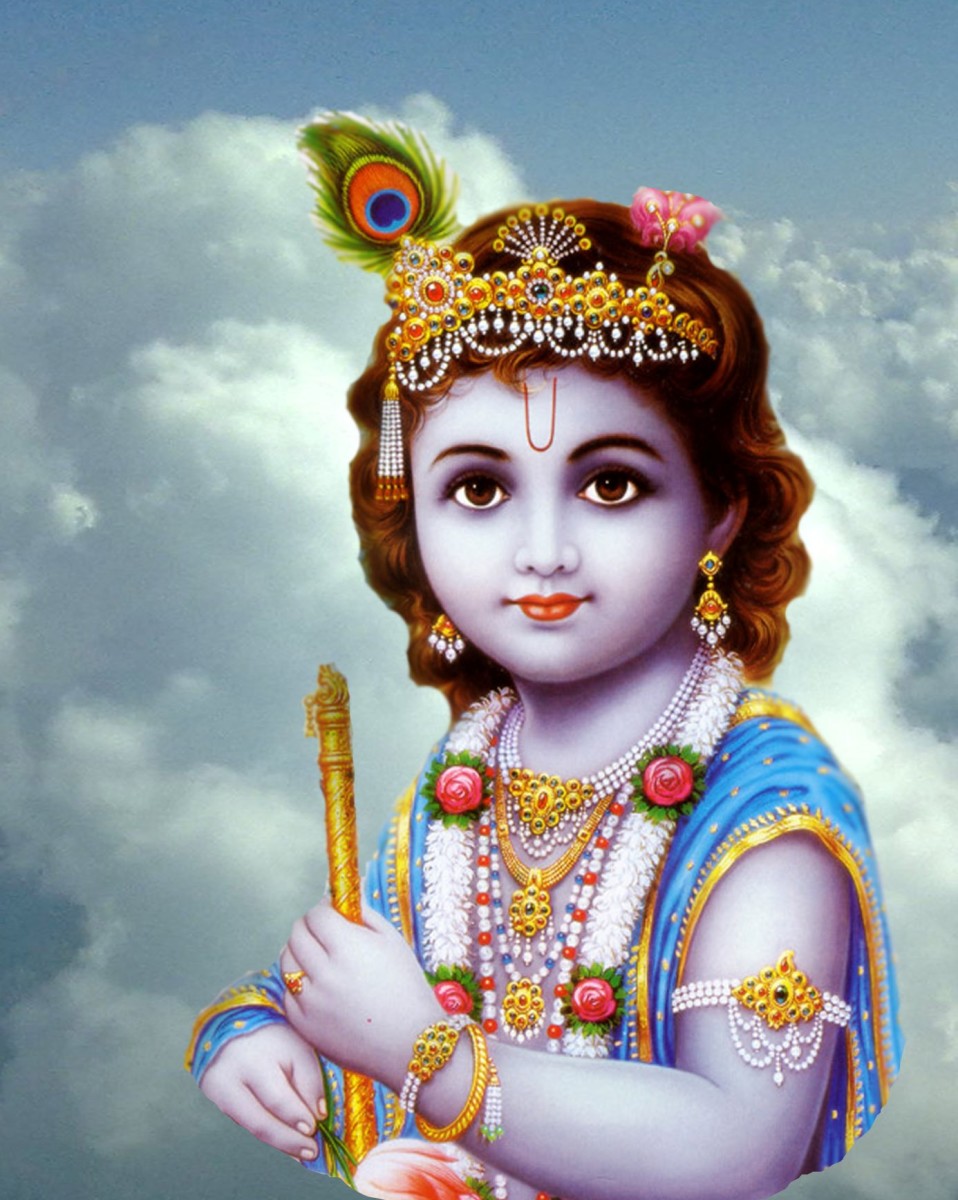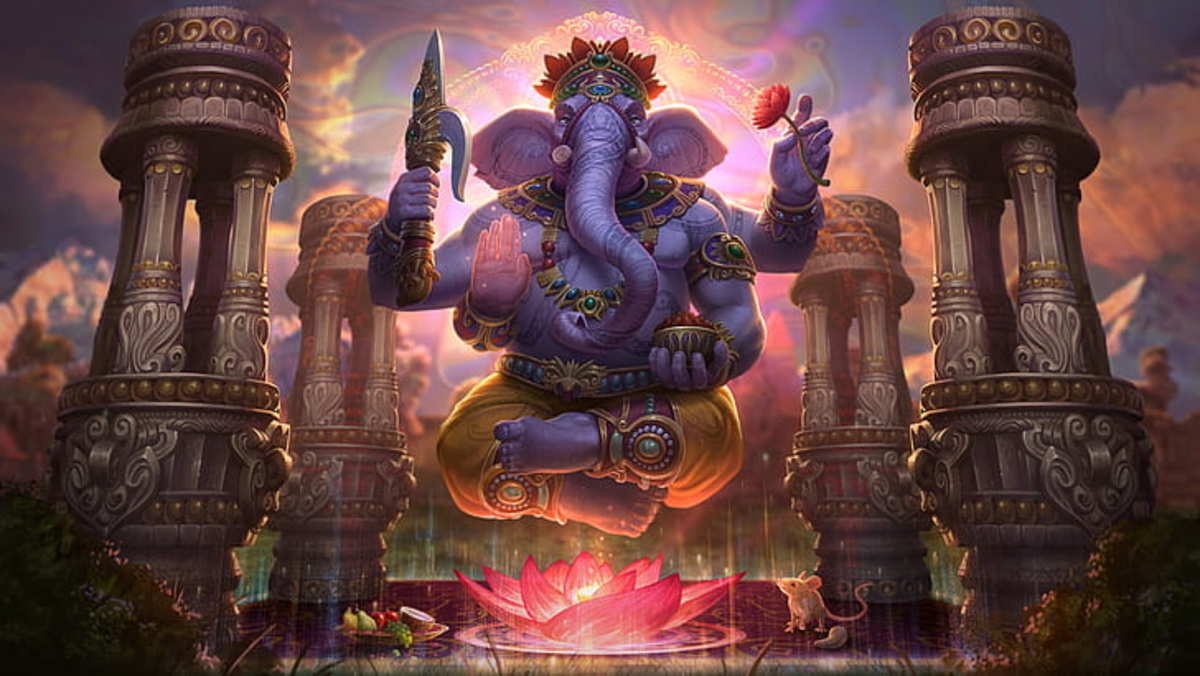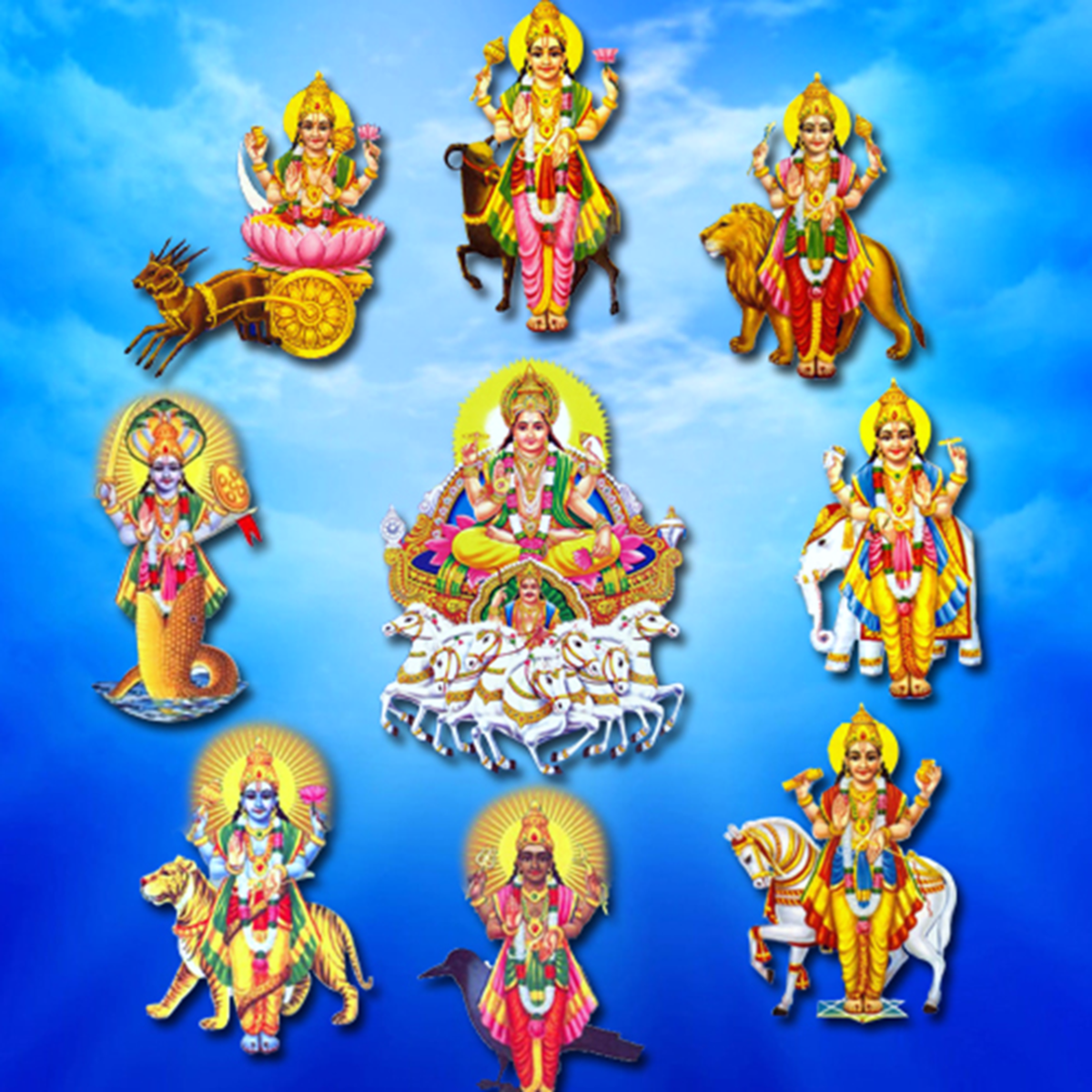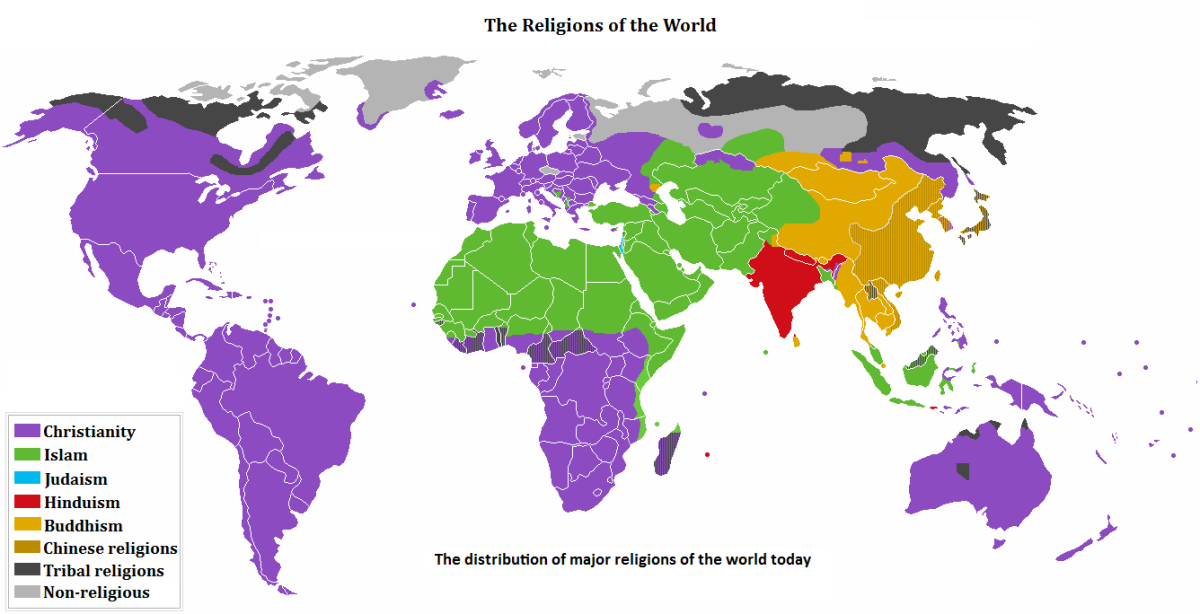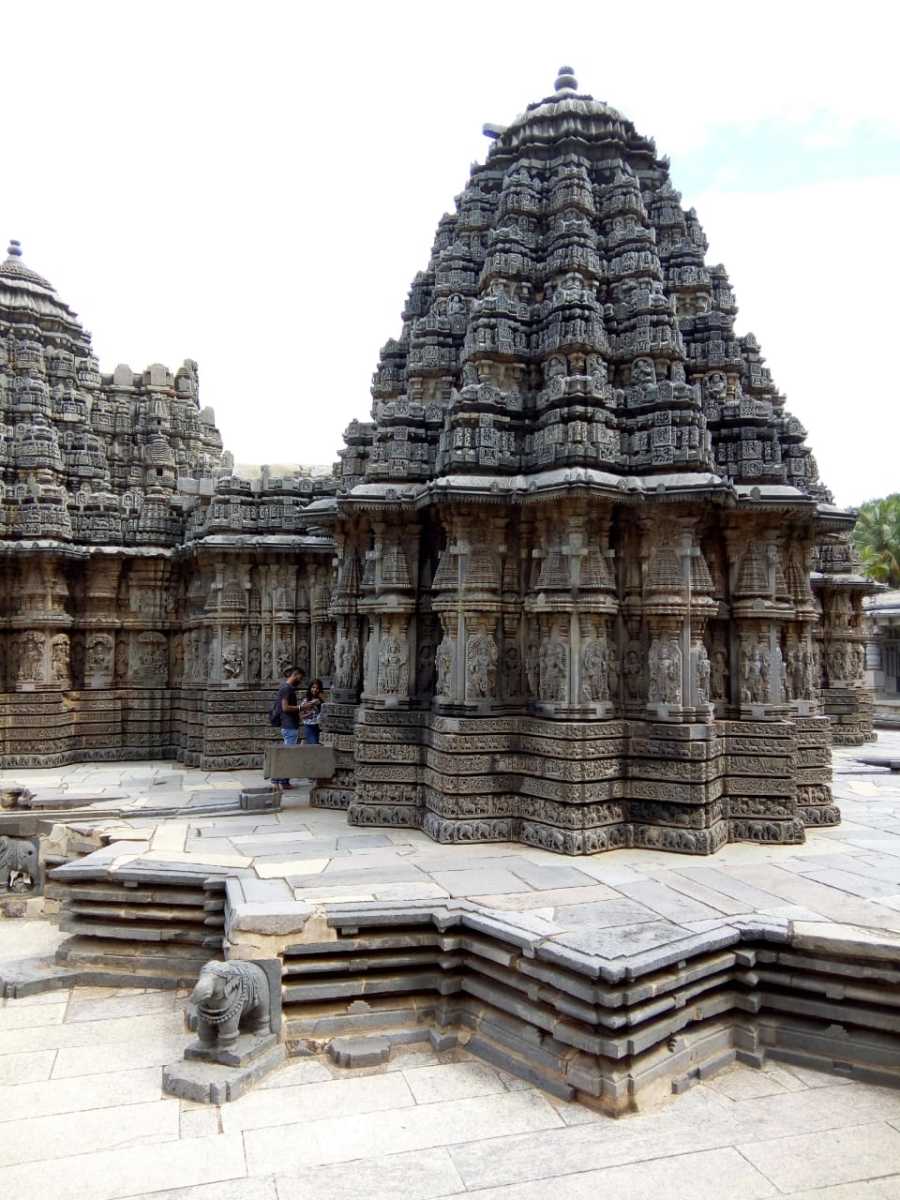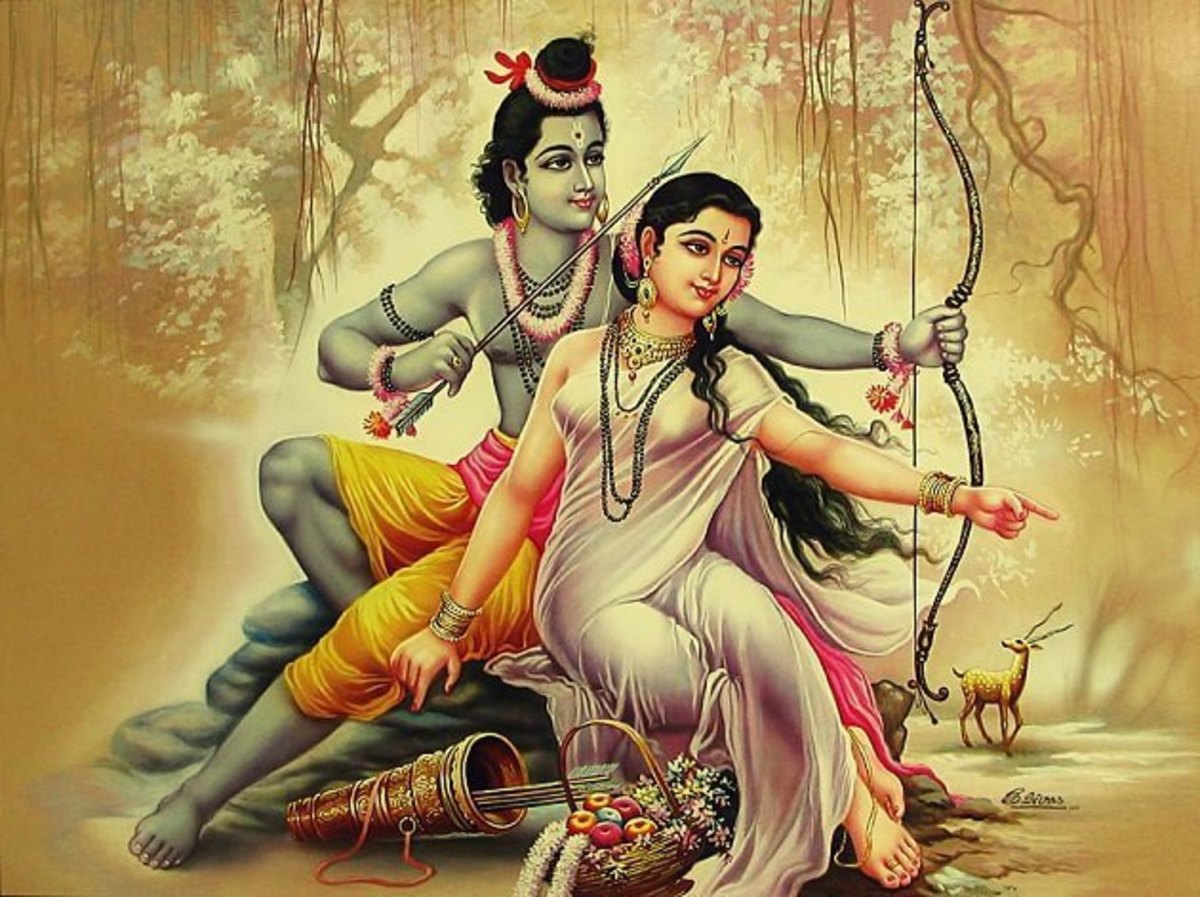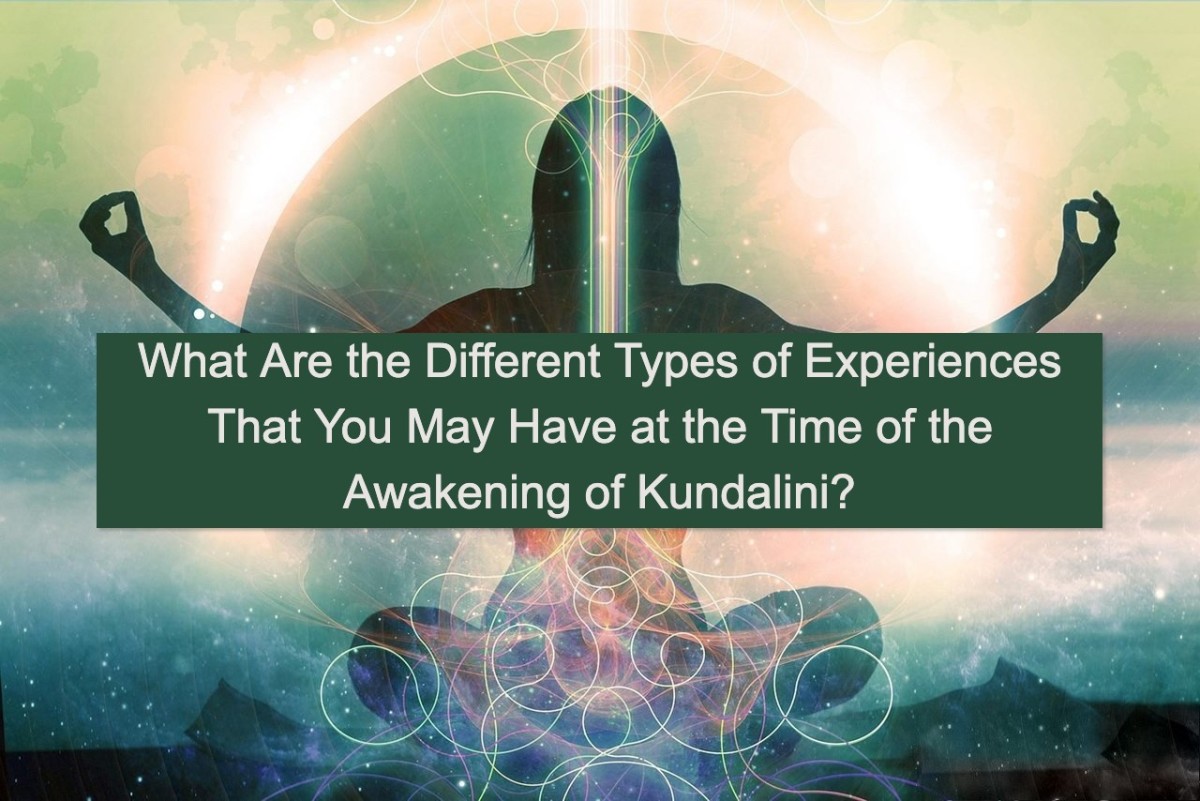HINDU ICONS
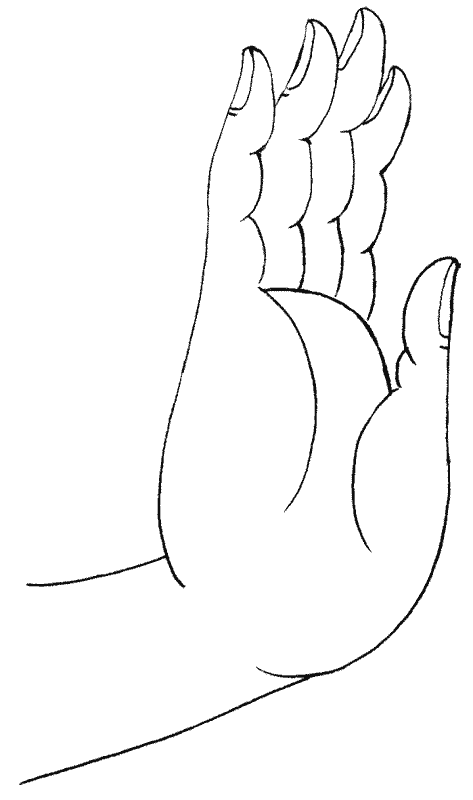
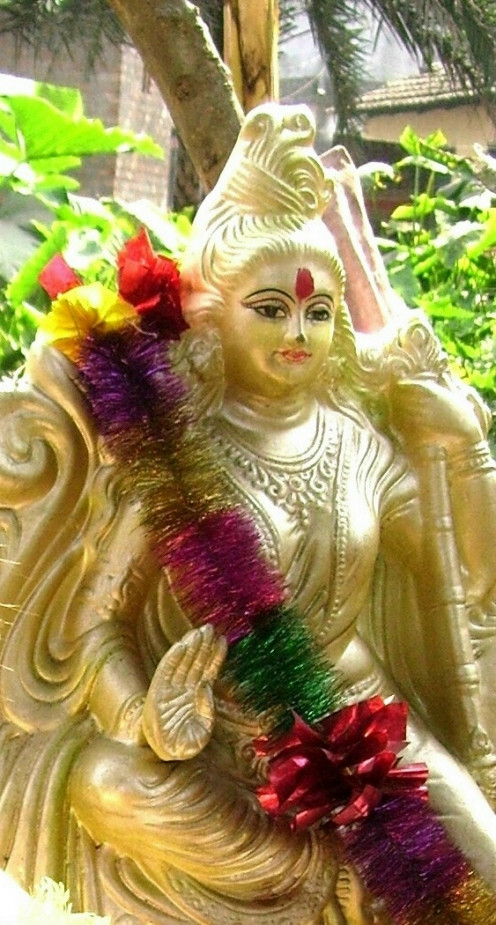
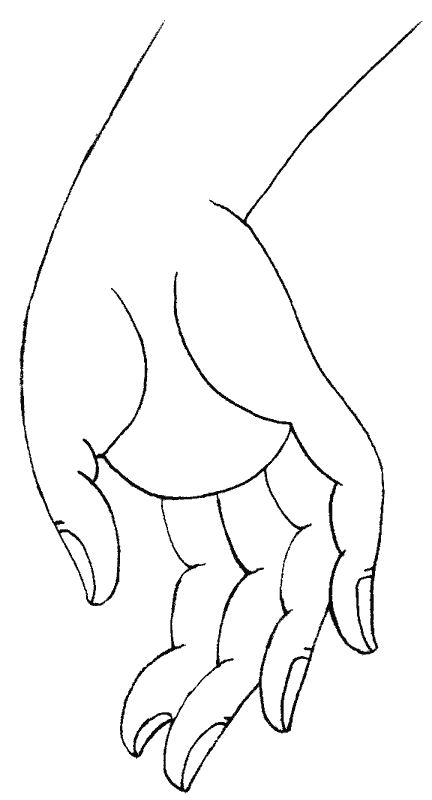
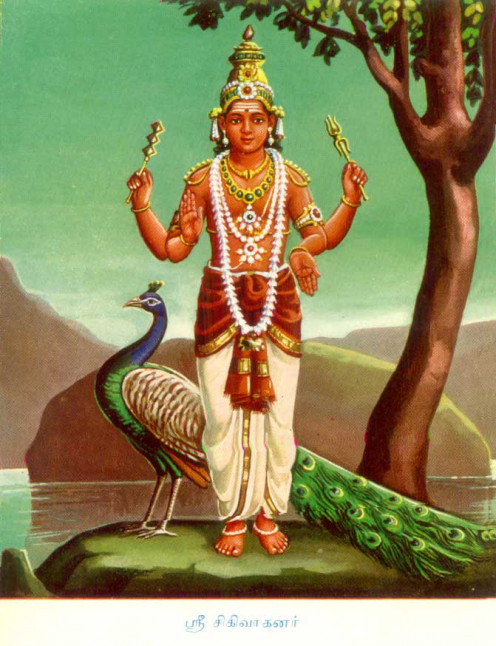
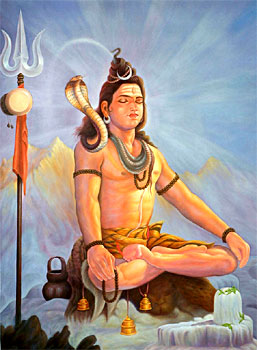
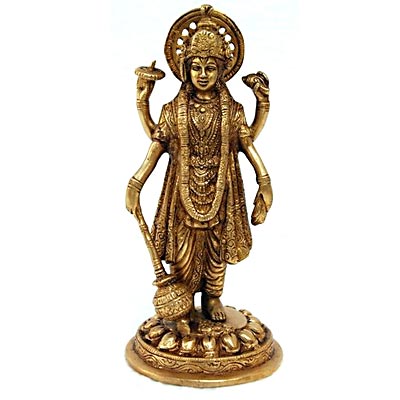
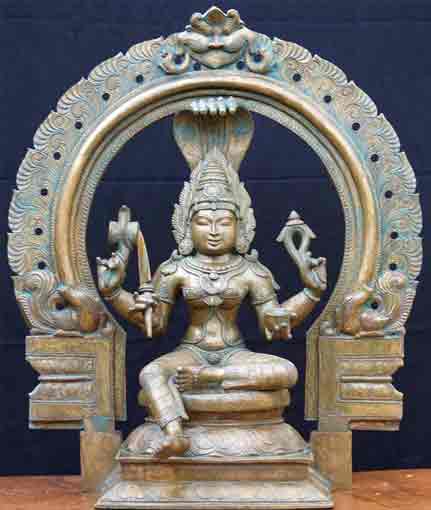

Though the Upanishads speak about the all pervading ABSOLUTE called BRAHAMAN, this concept seems abstruse and abstract to the common man. The idea of a formless divine entity appeals only to those with an intellectual bent of mind. That is the reason why, striving to know the Brahman and to be in communion with it is called JNANA MARG (the path of knowledge). To men of action who have no time or inclination to ruminate on the Brahman, they are usually followers of the KARMA MARGA (the path of action). The vast majority of people may find these forms difficult to comprehend and so would like to worship a personal god with which they can relate. This need for an anthropomorphic view point of divinity resulted in the widespread use of icons. This has also given rise to a lot of misconception about Hinduism being a religion obsessed with idol worship and worshipping a plethora of Gods.
In real life each individual is different in his temperament, inclination and desires. Unlike JNANA MARGA, BHAKTI MARGA (path of devotion) provides a wide variety for the people to choose the form of divinity they wish to worship. This has given rise to the concept of ISHTADEVATHA wherein an individual can worship a God of his or her own choice. This explains the prevalence of a plethora of gods in Hinduism. Though the Brahman is formless its manifestations are in three forms: as creator, sustainer and destroyer. The creator is called the BHRAMA, sustainer VISHNU and the destroyer SHIVA. The prime mover of the universe energy is called SHAKTI and this manifest in the TRINITY mentioned above. Hence the worship of the Shiva, Vishnu and Shakti became popular. During the second half of the first millennium, the SHAIVITE and VAISHNAVITES became important sects in Hinduism. SHAIVITES were followers of Shiva and VAISHNAVITES were followers of Vishnu. Worship of SHAKTI too became widespread by the second millennium and as the BHAKTI movement spread temples dedicated to these deities became very common.
HINDU ICONS
The images of Hindu temples fell into three groups namely SHAIVA, SHAAKTA and VAISHNAVA. All these icons were of two types. The immovable was called ACHALA and the movable called CHALA. All icons found in temples are ACHALA and are usually made of stone. The ACHALA on the other hand is made from metals like PANCHALOHA which is an alloy of five different materials, and this is used usually during festivals for processions and ritualistic bathing of the icon. There is a third category called CHALACHALA (which is both movable and immovable).In this case the icon that is used for worship in the sanctum sanctorum is also used for processions. The famous Lord JAGANNATHA of Puri in Orissa is a good example of a CHALACHALA icon.
The images of these icons are on the basis of certain rules which govern the height, width and girth of the icon. One system that is used is called the TAALAMAANA system. The measurement of a TAALA is a palm of a hand, and the length of the face of the icon should be equal to it. The total length of the image should be nine times the length of the face (NAVATAALA).
Each deity has its own characteristic AASANA and MUDRA. AASANA refers to the posture of legs and feet and MUDRA to the position of hands and fingers. The most common are as follows:
· ABHAYAMUDRA -- assuring protection
· VARADAMUDRA -- assuring granting of boons
· PADMA ASANA – Lotus posture
· YOGA ASANA – meditative posture
A distinctive feature of SAIVA and SAAKTA icons are display of
· DAMARU or drum
· THRISHOOLA or trident
· PAASA or noose
· KHADGA or sword
VAISHNA icons on the other hand display
· CHAKRA or discus
· SHANK or conch
· GADHA or mace
· PADMA or lotus
Obviously icons were intended not only as aids to concentration, but to create the right mental mood. Meditating on the formless BRAHMAN (Absolute) would otherwise be impossible for a common man with a fickle mind.

